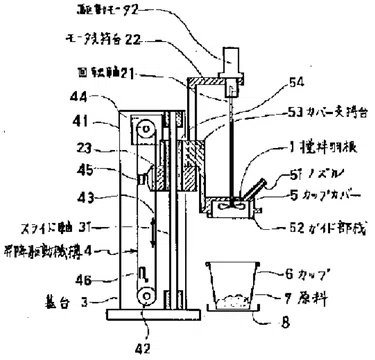
Yesterday, Judge Williams issued an opinion ruling on motions in limine for the trial starting next week in Cirba Inc. (d/b/a DENSIFY) v. VMWare, Inc., C.A. No. 19-742-GBW (D. Del.) (a case we've discussed several times before).
In it, he addressed several MILs. These opinions are always interesting, but given all of the recent discussion of litigation funding, I thought Judge Williams' order on the plaintiff's litigation funding MIL is worth noting.
Plaintiffs in the case moved in limine to preclude reference to their litigation funding arrangements:
With respect to Plaintiffs …







